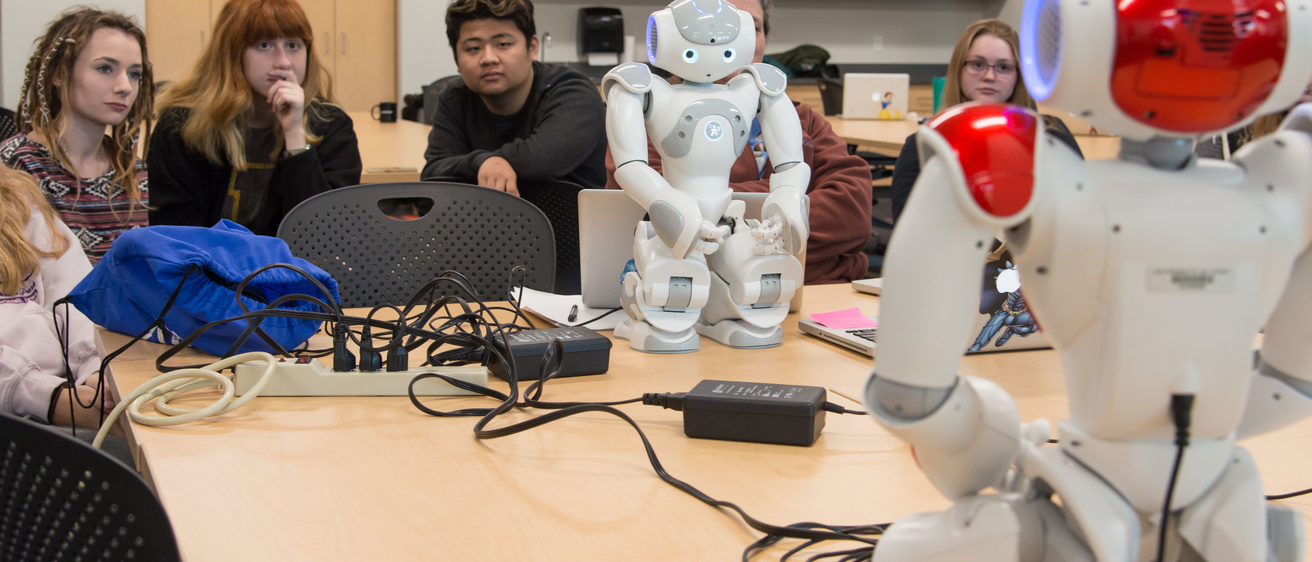Students achieve better grades in college science, technology, engineering, and math (STEM) courses when those classrooms have higher numbers of underrepresented racial-minority and first-generation college students, according to new research released Wednesday, December 6. The findings were published in AERA Open, a peer-reviewed journal of the American Educational Research Association.
While this link holds true for all students, it is even stronger for students who are underrepresented racial minorities (URMs) and the first in their family to attend college. The authors found that in STEM courses with higher URM representation, the gap in grades between URM and non-URM students dropped by 27 percent. More impressive, the grade disparity between first-generation and continuing-generation students dropped by 56 percent in STEM courses with high first-generation representation.

Racial and socioeconomic disparities in college grades and graduation rates have been long-standing concerns in STEM programs, especially given the nation’s pressing need to grow its STEM workforce and the higher salaries that these graduates earn. In addition, the authors emphasize that all students benefit from the presence of URMs and first-generation students in the classroom.
“It’s really notable that improving racial and socioeconomic representation leads to benefits for everyone and reduced inequities at the same time,” says study coauthor Nicholas Bowman, a professor of educational policy and leadership studies at the University of Iowa College of Education. “It is not a zero-sum game.”
Bowman is also the Mary Louise Petersen Chair in Higher Education, senior research fellow in the Public Policy Center, and director of the Center for Research on Undergraduate Education at the UI College of Education.
Bowman conducted the study with Christine Logel (Renison University College), Jennifer LaCosse (University of Michigan–Flint), Elizabeth A. Canning (Washington State University), Katherine T. U. Emerson (Indiana University), and Mary C. Murphy (Indiana University). Their study analyzed data collected by the College Transition Collaborative, covering 11,868 undergraduates in 8,468 STEM courses at 20 colleges and universities from fall 2015 to summer 2017.
With the Supreme Court eliminating the use of race-conscious college admissions last June, the authors note their findings make clear what is at stake for students as institutions of higher education look to alternative ways to increase racial and socioeconomic representation.
“It is critical that colleges and universities redouble their efforts to create learning environments that have substantial diversity,” says Bowman. “This is especially true in the STEM fields, where there are long-existing equity gaps.”
Bowman notes the study is the first on this topic to use such a large, multi-institutional data set. It is also one of the first to examine the role of classroom representation of first-generation students. In addition, the authors accounted for potential student self-selection into certain types of courses or into classes with demographically similar peers and other possible explanations.
“The consistency of results across student and course characteristics drives home the importance of our results,” says Bowman. “Despite the presence of long-standing systemic inequities, policies that promote college access for URM and first-generation students can make a difference when it comes to improving learning outcomes.”
